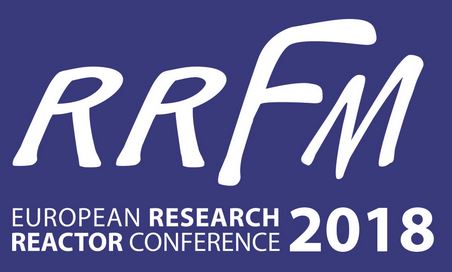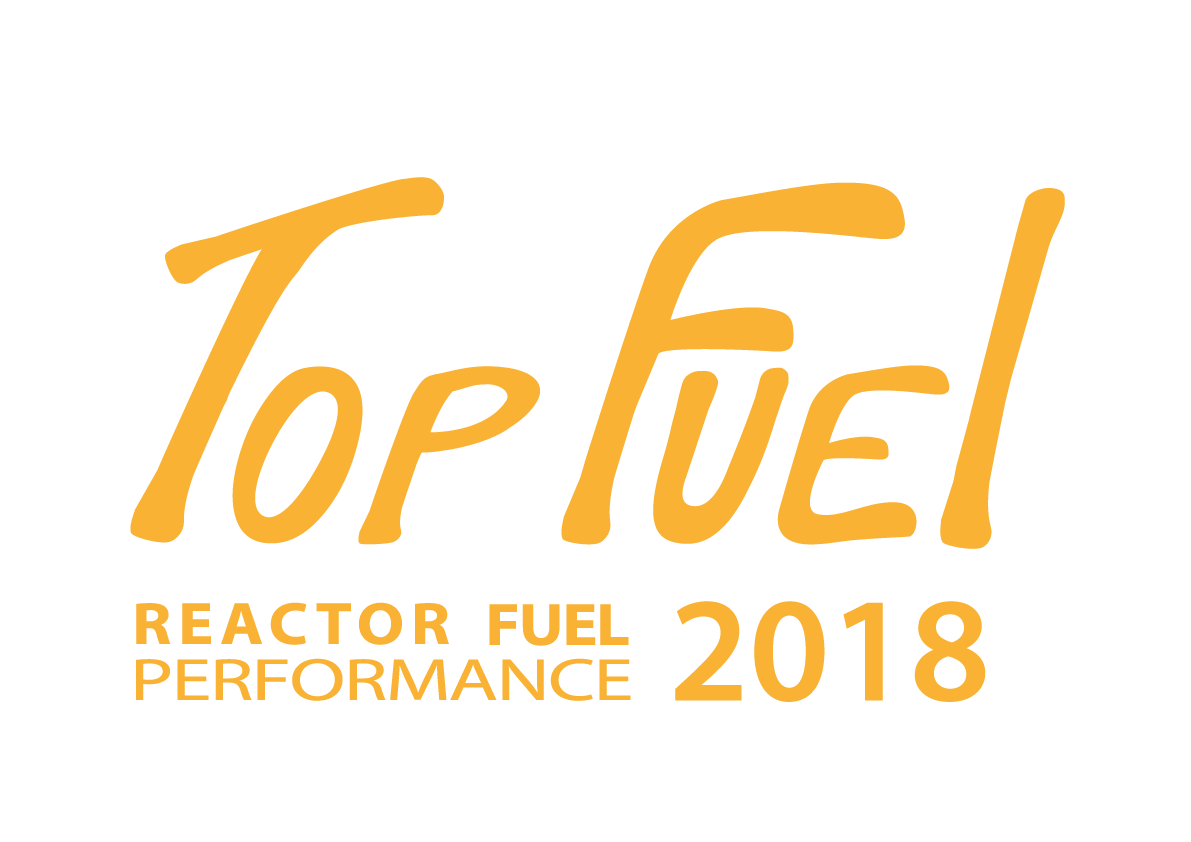PIME Award

PIME Award:
identifying good practices
What is the PIME Award:
The PIME Award for Communication excellence, launched in 2005, aims to recognise the achievements of professional communicators in the nuclear industry or the research community who have successfully connected with their audiences, helped to dispel myths and misinformation about nuclear energy and enhanced the image of nuclear.
The PIME AWARD:
How does it work?
-
players of the nuclear community are free to send an application
-
a Jury evaluates the campaigns and selects a short list of 5 candidates
-
participants vote during the Conference
The winners of the PIME AWARD:
Through its members, Nuclear for Climate stands as spokesperson of the scientists and employees of the nuclear sector. Thanks to scientific associations, N4C brings a credible contribution to the climate change fight. With, in particular its young professionals, the nuclear sector has a human face, friendly, future-oriented, which contrasts with the traditional image of "nuclear lobby".
The initiative was officially launched September 16, 2014 on the sidelines of the IAEA General Conference in Vienna (Austria), with 12 partners: SFEN (France), FORATOM & ENS, Belgian Nuclear Forum (Belgium), WNA, NEI & ANS (US), JAIF (Japan), KNS (Korea), AERB (Brazil), CNS (China), NIA (UK), CNA (Canada) and IYNC, the global network of young generations of nuclear power, with more than 40 local networks.
Today Nuclear for Climate brings together 147 organizations from 57 countries, including 9 international associations (ENS, FORATOM, LAS-ANS (Latin America), WiN Europe, WFEO, WNA, INSC, IYNC, WiN Global).
Not just a Visitor Centre but a nuclear museum that traces the story of nuclear energy from the Big Bang to the 21st Century…that is the proud boast of the brand new Energoland Visitor Centre at Mochovce, Slovakia. And it is hard to argue with them. This is a comprehensive and engaging story that clearly shows how nuclear energy has always been at the heart of human existence and always will be. It conveys a strong sense of story; a journey that will never end; a ‘new dimension for knowledge’. Visitors to Energoland, under the expert guidance of a virtual guide, appropriately called Gaia, uses the latest state-of-the-art, interactive edutainment tools to appeal to a young, knowledge thirsty and technology-savvy audience. This is definitely not your average Visitor Centre.
Simplicity, clarity of message and accessibility are the key with the Polish Atomic Forum’s Atomic Bus Mobile Laboratory communications campaign. The core objective is to take the key messages and facts about the peaceful applications of nuclear technology to as broad a cross section of Polish citizens as possible. Those citizens need as much information about nuclear as possible because their country is going nuclear for the first time. This new departure provides a blank communications canvas and the campaign exploits that opportunity by combining a wide range of interactive and didactic communications tools, including practical ‘edutainment’ experiments, written and audio-visual information, the harnessing of the power of both social media and traditional media, an exhibition that encourages debate, etc.
A communications campaign based on a one-channel approach, with a simple and clear structure and strong core messages can have as much of an impact as a more multi-channel, multimedia campaign. This is the approach adopted by the Paks NPP in Hungary in order to regenerate its official Facebook page and, as a result, reach out to a larger audience for whom today’s social media is a natural habitat. By communicating the core messages of “clean”, “safe” and “green” via Facebook the campaign raises awareness among a broader and more media-savvy audience of the benefits of nuclear energy in general, and the contribution of the Paks NPP in particular. It also illustrates how a zero budget campaign can successfully exploit the viral nature of social media. And the results are easily measured.
The main objective of the Forward Thinking communications campaign run by NRG, the Dutch nuclear research and consultancy group, was to raise awareness among the public and politicians in the Netherlands of the role that nuclear technology plays in people’s everyday lives, not just in terms of generating electricity but also by promoting human health and quality of life. The campaign centres on a proactive media strategy that combines an interactive web site, press events, a symposium, information videos and a book celebrating 50 years operation of the High Flux Reactor at the Institute for Energy (part of the European Commission’s Joint Research Centre) in Petten. Key messages stress how the production of medical isotopes for treating cancer saves lives, how nuclear energy makes a telling contribution to Europe’s low-carbon energy goals and how nuclear facilities are operated to the highest standards of safety. Above all, it shows the human face of nuclear technology.
The central focus of this campaign is to sensitise young people to the benefits of nuclear energy, to show how its multiple applications positively impact upon our lives and to generate a lively dialogue to combat young people’s scepticism about nuclear energy. Among the strategic elements are: using the Rock Werchter pop festival to reach out to a captive audience and using Miss Belgium as a media-friendly advocate. Innovative concepts, like the “recharge wall” and the “measure-your-own- radioactivity-level” initiative, support the strategy. Snappy promotional gifts and a fun and interactive approach speak young people’s language and provide a comprehensive communications mix that punches home key messages about nuclear energy’s security of supply, climate change and competitiveness credentials.
-
Bringing nuclear information to people
-
Centres are located in important Russian cities
-
The centres give visitors simple, clear and practical information about nuclear energy and help raise their awareness of its uses and advantages
-
The strategy revolves around an “edutainment” package - combining didactic messages
2008: Covra (The Netherlands)
2007: British Energy (UK)
-
Mixing art and nuclear
-
An art exhibition in a newly-built grain store close to Torness NPP
-
Films on nuclear fission projected on to a wall of Torness’ reactor building
-
Drawing attention of the world’s news and arts media to East Lothian
-
Engaging directly with local community
2006: CEZ Group (Czech Republic)
-
Sport around the plant
-
A double event: visit of famous and popular athletes to Temelin NPP and a competition-entertainment afternoon for children of the local community
-
Usingthe positive perception of sport in «humanising» nuclear power
-
Talking about nuclear with youngsters
-
A «nuclear stand» at the «Island Festival» in Budapest
-
Young nuclear engineers meeting with young Hungarian citizens
-
No pre-defined message: opportunity to give updated information and exchange views on nuclear
Conclusion
PIME Award creates positive emulation among communicators from the nuclear community, inviting them to improve their communications with the relevant stakeholders
An increasing list of good practices that is worth being widely disseminated with in the nuclear community.
|
|

11 - 15 March 2018
Munich, Germany

30 September - 04 October 2018
Prague, Czech Republic |